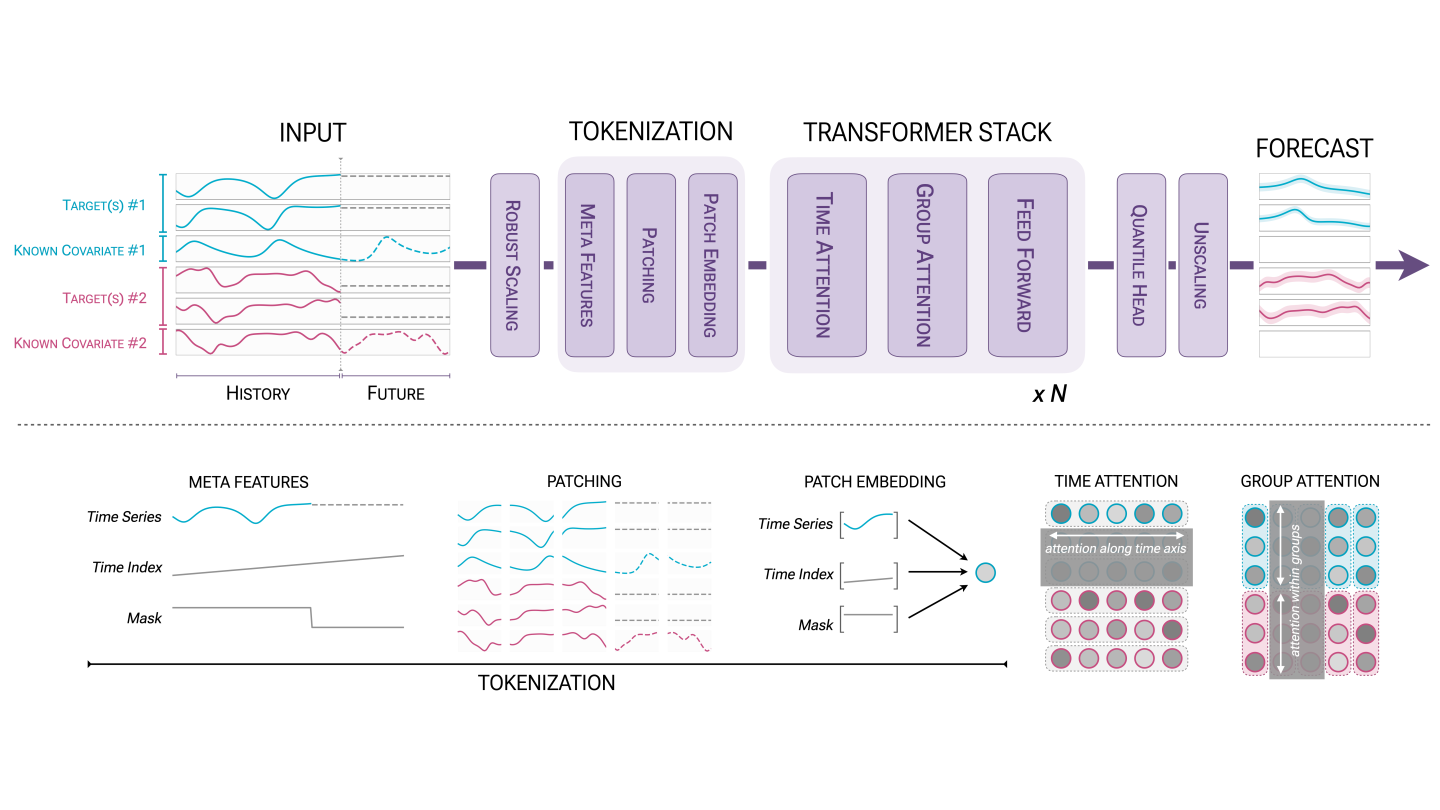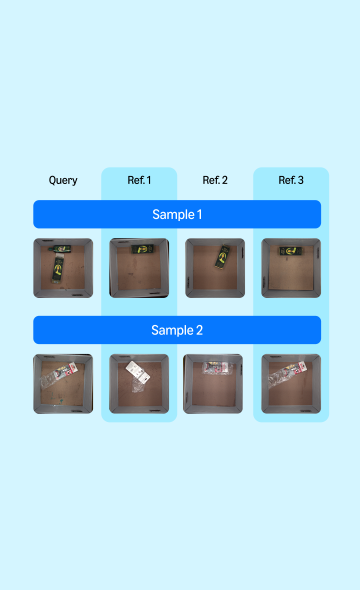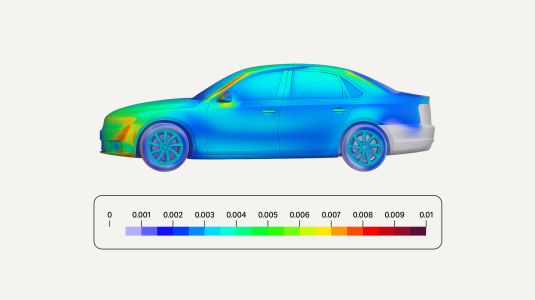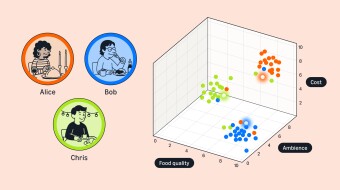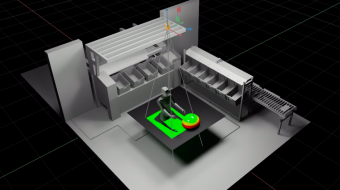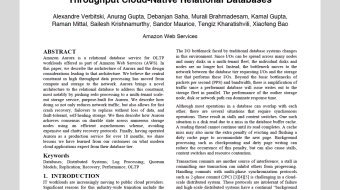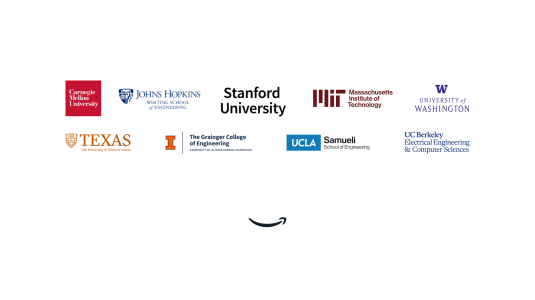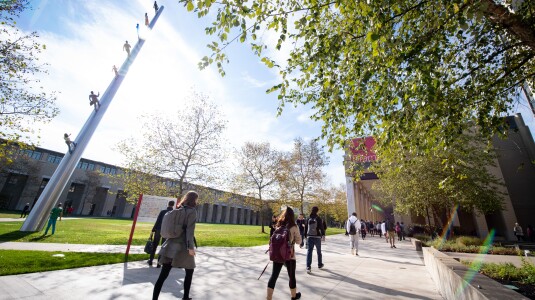Customer-obsessed science


Research areas
-
September 26, 2025To transform scientific domains, foundation models will require physical-constraint satisfaction, uncertainty quantification, and specialized forecasting techniques that overcome data scarcity while maintaining scientific rigor.
-
Featured news
-
2024Complex dialog systems often use retrieved evidence to facilitate factual responses. Such RAG (Retrieval Augmented Generation) systems retrieve from massive heterogeneous data stores that are usually architected as multiple indexes or APIs instead of a single monolithic source. For a given query, relevant evidence needs to be retrieved from one or a small subset of possible retrieval sources. Complex queries
-
ACM Multimedia 20242024In this paper, we introduce a new challenging task called Zero-Shot Controllable Image-to-Video Animation, where the goal is to animate an image based on motion trajectories defined by the user, without fine-tuning the base model. Primary challenges include maintaining consistency of background, consistency of object in motion, faithfulness to the user-defined trajectory, and quality of motion animation
-
Physical Review E2024A hypergraph is a generalization of a graph that arises naturally when attribute-sharing among entities is considered. Compared to graphs, hypergraphs have the distinct advantage that they contain explicit communities and are more convenient to manipulate. An open problem in hypergraph research is how to accurately and efficiently calculate node distances on hypergraphs. Estimating node distances enables
-
MMSP 20242024In live video streaming, the size of manifest grows linearly as the overall time duration of manifest increases in many scenarios. Such a behavior exists across streaming technologies, e.g. Dynamic Adaptive Streaming through HTTP (DASH), HTTP Live Streaming (HLS) and Microsoft Smooth Streaming (MSS). It introduces significant overhead for manifest generation on cloud services, download latency and network
-
We present a novel approach to automatically generate task-specific synthetic datasets for hallucination detection. Our approach features a two-step generation-selection pipeline, where the generation step integrates a hallucination pattern guidance module and a language style alignment module. Hallucination pattern guidance makes it possible to curate synthetic datasets covering the most important hallucination
Collaborations
View allWhether you're a faculty member or student, there are number of ways you can engage with Amazon.
View all
















